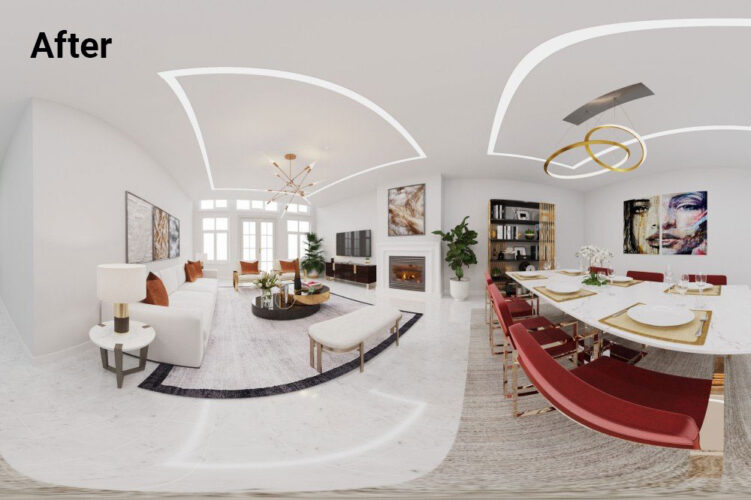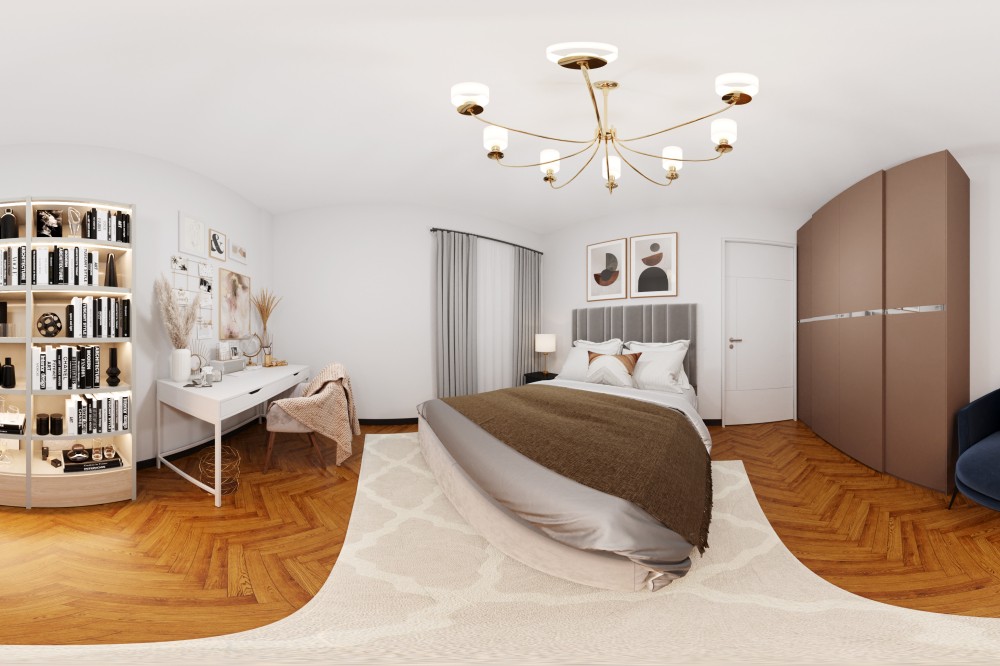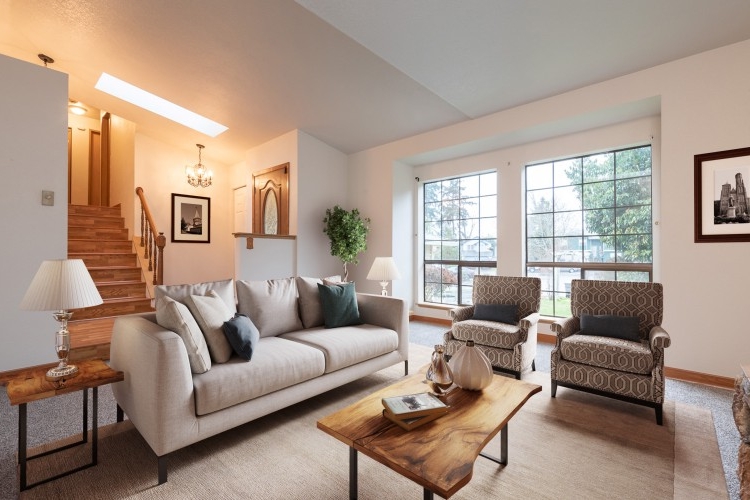Mastering HDR Real Estate Photography: Common Mistakes to Avoid
HDR (High Dynamic Range) photography has become increasingly popular in real estate photography as a way to capture the full range of light and detail in a scene. By combining multiple exposures of the same image, HDR real estate photography can produce stunning, high-quality images that showcase a property’s unique features and characteristics. However, like any photography technique, HDR photography can also come with its fair share of challenges and pitfalls. In this guide, we’ll explore some of the most common mistakes to avoid when mastering HDR real estate photography.
Common Mistake #1: Overprocessing
One of the most common mistakes in HDR real estate photography is overprocessing. Overprocessing occurs when an image is pushed too far in post-processing, resulting in an unnatural, “overcooked” appearance. Overprocessing can include too much contrast, saturation, or sharpening, among other things.
To avoid overprocessing, it’s important to exercise restraint in post-processing and to have a clear vision of the final image before beginning the editing process. It’s also helpful to take breaks during the editing process to step away from the image and come back with fresh eyes. Finally, it’s important to remember that HDR photography is meant to enhance an image, not create an entirely new one, and to use editing techniques to enhance the natural beauty of the property rather than manipulate it beyond recognition.
Common Mistake #2: Poor Quality Bracketed Shots
HDR photography requires multiple exposures of the same image, known as bracketed shots. These shots are taken at different exposures to capture the full range of light and detail in a scene. However, poor-quality bracketed shots can result in poor-quality HDR images.
To avoid poor-quality bracketed shots, it’s important to use a sturdy tripod to ensure that the camera remains still during each shot. It’s also important to use a remote shutter release to prevent camera shake. Additionally, it’s important to pay attention to exposure settings and to ensure that each bracketed shot is properly exposed for the desired effect. Finally, it’s important to review the bracketed shots after they have been taken to ensure that they are sharp and free from any unwanted movement or blur.
Common Mistake #3: Inconsistent Shooting Conditions
Inconsistent shooting conditions can have a significant impact on the quality of HDR images. For example, changing light conditions between bracketed shots can result in uneven lighting and color casts in the final image.
To maintain consistent shooting conditions, it’s important to shoot at a consistent time of day with similar lighting conditions. It’s also helpful to use a color checker or gray card to ensure accurate color representation in each bracketed shot. Additionally, it’s important to avoid moving objects or people in the scene, as this can cause inconsistencies between bracketed shots. Finally, it’s important to pay attention to details such as white balance and exposure settings to ensure consistency across all bracketed shots.
Common Mistake #4: Lack of Attention to Detail
In real estate photography, attention to detail is critical for creating high-quality images that showcase the property’s unique features and characteristics. However, lack of attention to detail can have a significant impact on HDR images.
To maintain attention to detail, it’s important to carefully review each bracketed shot and the final image for any unwanted distractions or inconsistencies. This can include checking for things like crooked lines, unwanted reflections, and cluttered backgrounds. It’s also important to pay attention to small details like dust and smudges on surfaces, as these can be magnified in HDR images. Finally, it’s important to ensure that the final image accurately represents the property, without exaggerating or minimizing any of its unique features or characteristics.
Common Mistake #5: Incorrect Image Alignment
In HDR photography, accurate image alignment is crucial for producing high-quality final images. Incorrect image alignment can result in blurry or distorted images, making the final product look unprofessional and unappealing to potential buyers.
To achieve accurate image alignment, it’s important to use a sturdy tripod and a remote shutter release to minimize camera shake. Additionally, it’s important to carefully review each bracketed shot to ensure that it is properly aligned with the others. This can be done manually or with the help of software designed specifically for HDR photography.
Failure to achieve accurate image alignment can result in noticeable misalignments and artifacts in the final image, particularly in areas where there is movement or change between bracketed shots. These imperfections can be distracting and can reduce the overall quality of the image.
By paying careful attention to image alignment and taking the necessary steps to achieve accurate alignment, you can ensure that your HDR real estate images are sharp, clear, and professional-looking and that they accurately showcase the unique features and characteristics of the property.
Common Mistake #6: Ignoring Color Correction
Color correction is a crucial step in HDR photography that is often overlooked. Ignoring color correction can result in final images that are unappealing and inaccurate, with colors that appear unnatural or inaccurate.
To achieve accurate color correction, it’s important to use a color checker or gray card to ensure that colors are represented accurately in each bracketed shot. Additionally, it’s important to take note of any color casts in the scene and adjust them accordingly during post-processing. This can involve adjusting color balance, saturation, and hue to achieve the desired color balance and accuracy.
Ignoring color correction can result in images that appear overly saturated, with colors that are either too warm or too cool. These imperfections can detract from the overall quality of the image and reduce its appeal to potential buyers.
By taking the time to carefully color-correct each bracketed shot and the final image, you can ensure that your HDR real estate images accurately represent the property and showcase its unique features and characteristics in the best possible light.
In conclusion, HDR real estate photography can be a powerful tool for showcasing a property’s unique features and characteristics, but it requires attention to detail, consistent shooting conditions, and careful post-processing. By avoiding common mistakes such as incorrect image alignment and ignoring color correction, you can create high-quality HDR images that accurately represent the property and capture the attention of potential buyers.



